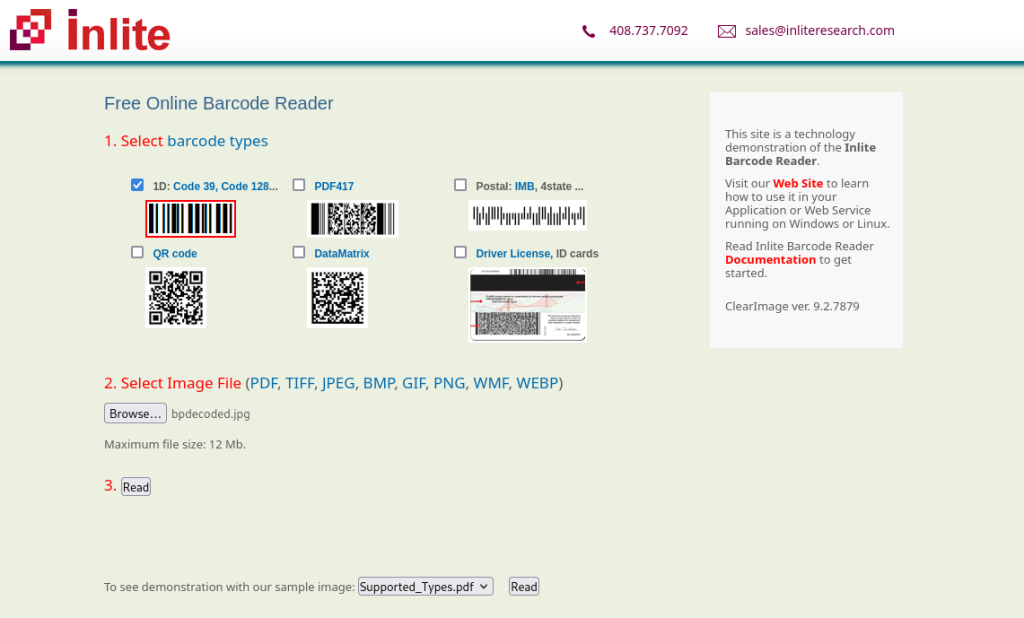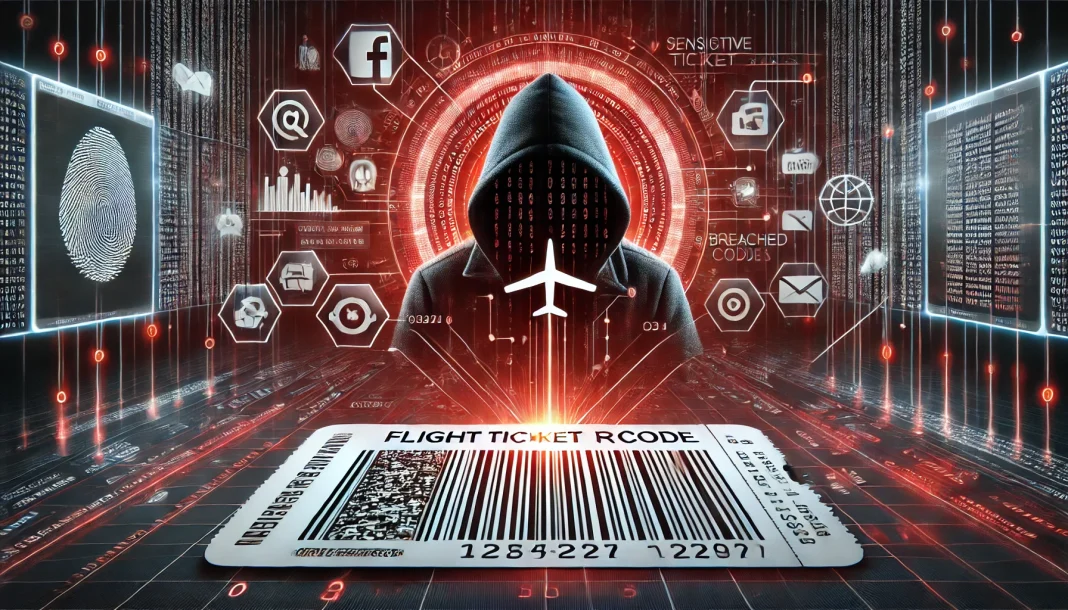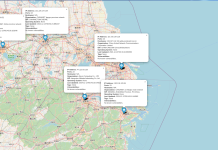Flight tickets, especially those with barcodes, are often disposed of carelessly after travel or shared online without much thought. However, many people are unaware that these barcodes can contain a wealth of personal information, which, if exposed, can be exploited.
In fact, flight ticket barcodes have been used in criminal investigations to track perpetrators. Information such as frequent flyer numbers, flight details, and even personal contact information can be encoded into the barcode. With the right tools, this data can be extracted and used to gain unauthorized access to frequent flyer accounts, change bookings, or even reset security PINs.
What Information Does a Boarding Pass Barcode Contain?
A typical boarding pass barcode can store several pieces of sensitive personal information:
- Name: Your full name encoded in the barcode.
- Record Key: A six-character code used to access flight details.
- Departure/Arrival Airports: IATA airport codes identifying the airports.
- Frequent Flyer Number: Often included for loyalty program access.
- Flight Number: The specific number assigned to your flight.
This data can be easily extracted using online barcode reading tools, and if mishandled, it could provide unauthorized access to personal accounts and sensitive information.
How Can OSINT Tools Be Used to Decode Boarding Pass Barcodes?
OSINT tools like the Online Barcode Reader can be used to decode data from boarding pass barcodes. These tools scan the barcode and display the encoded information, making it easier for investigators or malicious actors to access the details.

For example, an attacker could extract a frequent flyer number from the barcode and use it to access an individual’s booking account. In some cases, this data can even allow the attacker to cancel or alter future flight bookings.
The Risks of Sharing Boarding Passes Online
Sharing images of your boarding pass, especially the barcode, exposes you to significant risks. Criminals have been known to scan publicly shared boarding passes on social media to gain access to frequent flyer accounts and manipulate flight bookings. Even seemingly innocent social media posts can inadvertently compromise your privacy.
Steps to Protect Your Data
To safeguard your privacy and prevent exposing sensitive flight details, consider these precautions:
- Shred Boarding Passes: Instead of discarding them, shred your boarding pass to prevent others from scanning the barcode.
- Redact Barcodes: If you need to share an image of your boarding pass online, ensure that you redact or blur the barcode.
- Secure Accounts: Use strong, unique passwords for your frequent flyer and travel booking accounts, and enable multi-factor authentication (MFA) whenever possible.
- Exercise Caution on Social Media: Avoid sharing images of your boarding pass or other personal travel details on social media.
Awareness Is Key
Understanding the risks associated with boarding pass barcodes is crucial in today’s world, where personal information is constantly at risk of exposure. By being aware of the data encoded in these barcodes and taking steps to protect it, you can safeguard your privacy and protect your personal information from unauthorized access.
Always remember, privacy starts with awareness. Taking simple precautions can help you avoid becoming a target for identity theft or cybercrime.
For more resources and tools on protecting your personal data, visit CyberInt.uk. There, you can explore valuable OSINT resources categorized by country and discover custom tools for conducting digital investigations.





